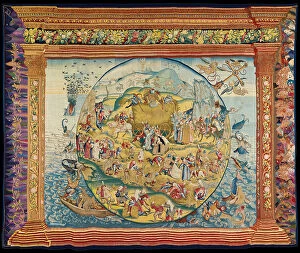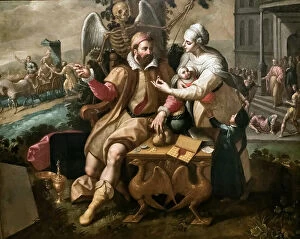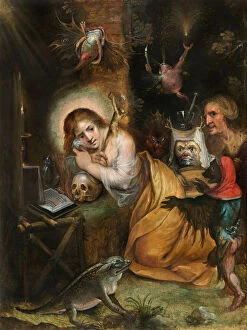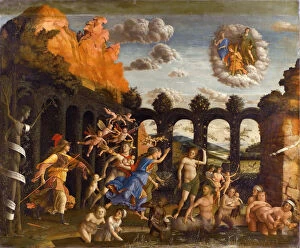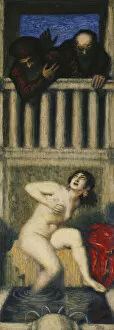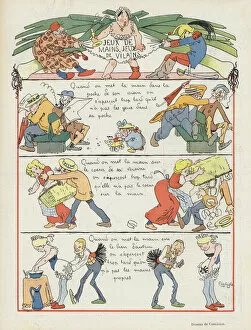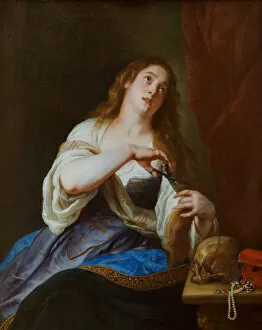Lechery Collection
"Exploring the Depths of Lechery: A Journey through Art and Society" In the realm of art
All Professionally Made to Order for Quick Shipping
"Exploring the Depths of Lechery: A Journey through Art and Society" In the realm of art, it has been a subject that has both fascinated and scandalized audiences throughout history. From William Hogarth's satirical masterpiece "The Election, " which depicted the corrupting influence of lust on political figures, to Goya's provocative series "Los Capric, " where he delved into the dark recesses of human desire, artists have fearlessly explored this primal instinct. Even in earlier works such as Francesco di Stefano Pesellino's "The Seven Virtues, " we see how lechery is portrayed as one of the deadly sins that tempt individuals away from righteousness. The contrast between virtue and vice becomes starkly evident in these depictions. Moving forward in time, aquatint prints like "The Peep Show" and "The Clergyman Quenched" reveal society's voyeuristic tendencies towards sexual indulgence. These artworks serve as cautionary tales about the dangers of succumbing to base desires. However, not all representations are moralistic or condemnatory. In pieces like "Two Horae scattering flowers, " we witness an exploration of eroticism within mythological contexts. Here, lust takes on a playful tone with satyrs observing rustic banquets filled with sensuality. On a more contemporary note, color lithographs such as "Infidelity: woman restraining her husband from pursuing another woman" and "The barmaids day out" provide glimpses into societal attitudes towards infidelity and promiscuity during their respective eras. They reflect changing social norms while also highlighting timeless struggles between fidelity and temptation. Lechery is not limited to gender roles either; it affects people across all walks of life. As seen in engravings like Hugh Peters' depiction titled "No life to Lechery", it exposes how even respected figures can fall prey to their carnal desires.









